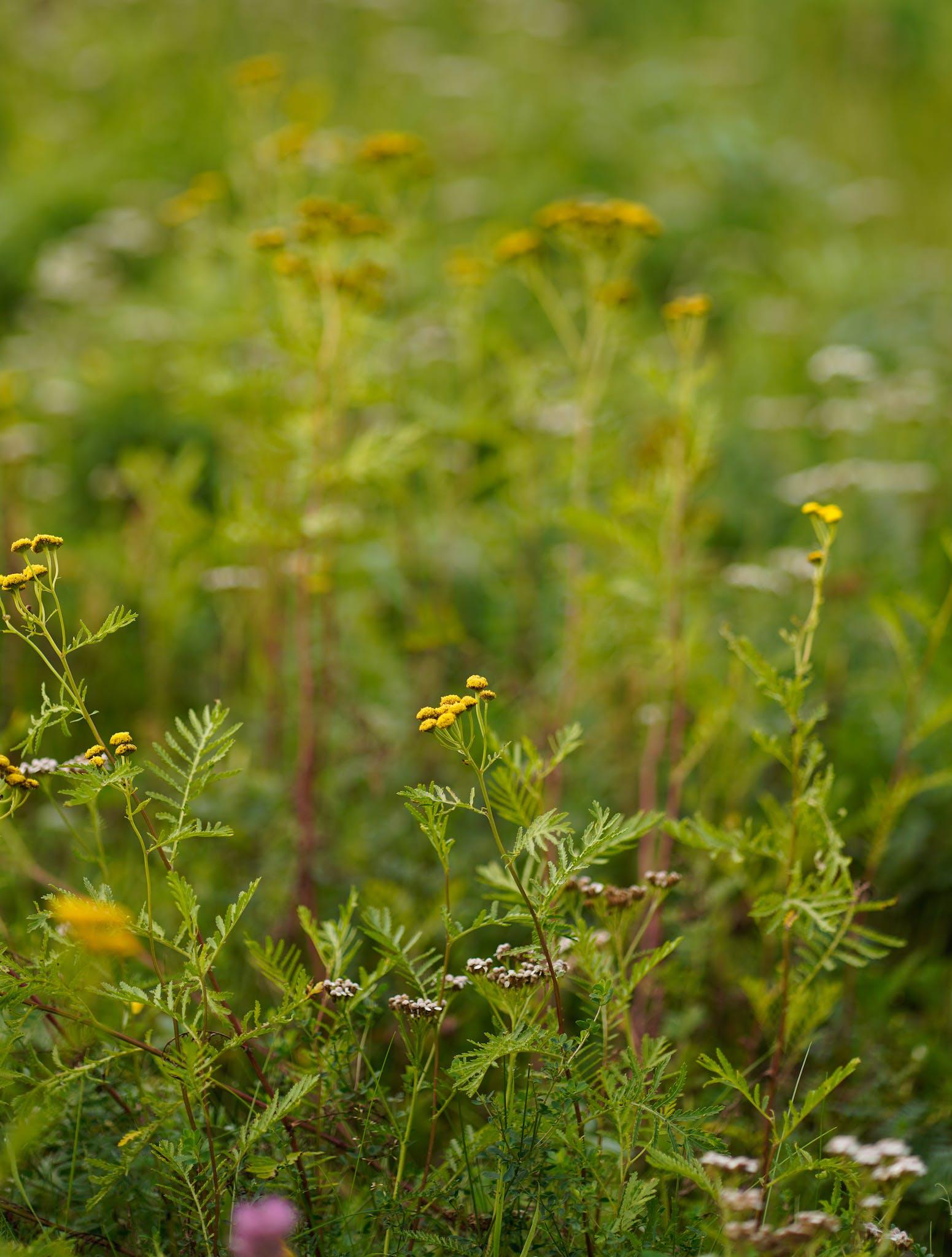How to control Onion Weed
As we all know, weeds can be very harmful to all types of gardens as they steal nutrients, water and sunlight from plants and grass, as well as provide food and shelter for many pests.
With that in mind, we want to take a moment to shine a light on a particular type of very common weed that’s also perhaps one of the most troublesome to control – the Onion Weed.
What is Onion Weed?
Also known as “Onion Grass” or “Wild Onion”, Onion Weed is originally from the Mediterranean region and is characterised by thin, strappy leaves that grow from a white bulb with a distinctive onion-like smell (which is more prominent when crushed). The weed produces a flowering stem that can grow up to 80cm high and generate white or pink flowers with a brown or reddish stripe running down the centre of each petal.
This particular type of weed favours alkaline, sandy soils and tends to invade disturbed land such as roadsides, degraded pastures, and sandy coastal environments. It reproduces by the spread of its seed, which is achieved by wind, machinery, water, and human activity such as gardening. The seeds can germinate at any time of year, however the majority occurs during late summer and early autumn. After spring, the flowers die away, and the leaves remain to repeat the cycle.
Infestations can reach high densities and the weed is widespread from the coast of Australia right through to the arid inland.
Why is Onion Weed a problem?
Like all weeds, the Onion Weed is a problem because it competes with plants and grass for precious resources. It’s also a big issue beyond homes and suburban gardens and has been declared a noxious weed by authorities for most of New South Wales and Western Australia, and for all of Tasmania, South Australia and Victoria. This means it’s classified as “injurious to agricultural or horticultural crops, natural habitats or ecosystems, or humans or livestock.”
As alluded to, Onion Weed is perhaps more troublesome than most weeds because of how difficult it is to control. This is due to several factors, which includes:
- It produces abundant fertile seeds that can germinate most of the year.
- It grows from bulbs, which can be difficult to dig up completely. If even a small piece of the bulb is left behind, it can quickly re-grow.
- It has a waxy coating on its leaves, which acts as a form of barrier and makes it difficult for the active ingredients in herbicides to have their usual impact.
- It’s an extremely hardy weed that is tolerant of a wide range of conditions and is ignored by grazing stock.
Onion Weed control options
Being such a fast-spreading, resilient weed that can thrive is most conditions, by far the best approach to dealing with Onion Weed is to prevent it from occurring in the first place. Care for your lawn so that the grass and garden beds are well-maintained and in a healthy condition. Thick, healthy grass on the lawn means there is less space for Onion Weed to establish.
If you do have Onion Weed growing, simply mowing over the top or attempting removal by hand can worsen the problem as the bulbils will easily fall away when disturbed and readily establish themselves once again. If possible, dig the entire weed clump out of the ground with a spade or a trowel and dispose of it carefully.
With the challenges of removal in mind, the best approach to getting rid of Onion Weed is through the use of a quality herbicide such as XXXXXX. It’s a non-selective weed killer that works fast on contact with the weed to rapidly desiccate and burn weeds. XXXXXX can also be used anywhere around the house including garden beds, veggie patches, paths and driveways, and is safe for animals and people to use the area immediately after the application has dried.

Post a comment